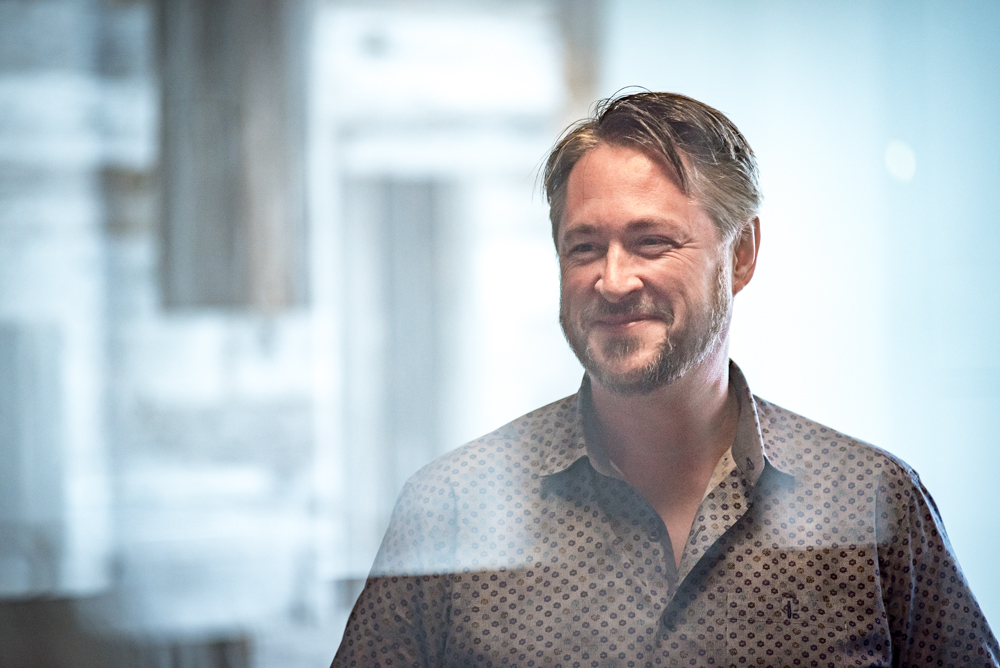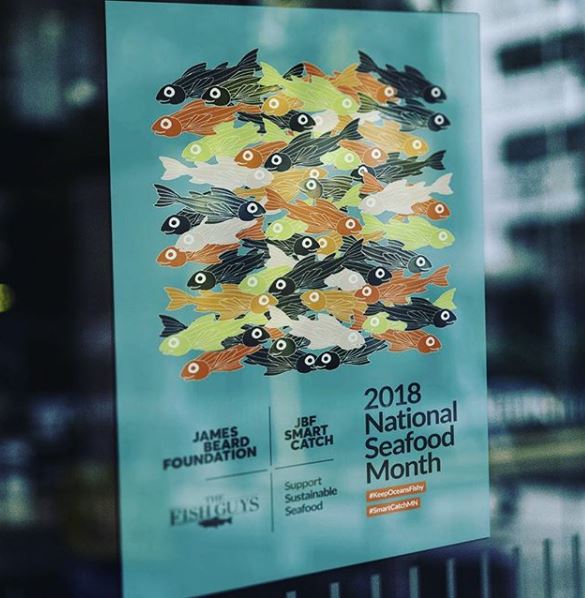Why Chefs Shouldn’t Be Scared of Sustainable Seafood
Published by Ocean Conservancy
Chef Tim McKee is the winner of the 2009 James Beard award for Best Chef in the Midwest and currently partners with sustainable seafood wholesaler The Fish Guys Inc., among other ventures.


What does sustainable seafood mean? I learned nine years ago when I opened the restaurant Sea Change in Minneapolis. I started buying from fisheries that were dedicated to making sure fish populations are well-managed. To this day, when selecting seafood, I make sure that the method of harvest is something that can be done long term without being harmful to the fish populations or the environment. I also try and buy domestic as a way to reduce my carbon footprint and because the U.S. ranks among the best managed fisheries in the world. It’s my belief that the culinary community has an important role to play in leading the push for sustainable seafood. So why isn’t it an industry standard? Sustainable seafood may cost more, and there is a lot of misinformation on how to do it the right way that scares people off. I’m here to say that the long-term benefits to this approach are better than the easy alternative.
Cost can play a big role in which fish make it on the menu—and sustainably caught fish are generally thought to be more expensive. Sometimes, what you want to serve isn’t what you can afford to serve. But this doesn’t always have to be the case. Affordable sustainable options exist—you just need to know where to look. By choosing to work with sustainably-minded suppliers and distributors, you can have access to trustworthy and knowledgeable sources of information about which options are available to you.


Managing staff, ensuring a clean establishment, managing weekly food orders, payroll and dealing with customers make time a limited luxury for most chefs and going sustainable requires a lot of research time. As I’ve been preaching the gospel of sustainable seafood to other chefs, I’ve noticed many restaurants are already using sustainable products and don’t even realize it. Yet, they still are concerned about gathering more information. Having a trusted partner who can guide chefs through the maze of information is key to helping chefs better understand their options and bringing more restaurants on board with a sustainable framework. That’s why this October, I’m partnering with the James Beard Foundation and Ocean Conservancy to engage chefs in the Twin Cities to be advocates and ambassadors for sustainable seafood.
In honor of National Seafood Month, more than 140 restaurants and chefs from Minneapolis, St. Paul, and the surrounding area will be featuring at least one sustainable seafood option on their menus to demonstrate that prioritizing sustainably harvested seafood doesn’t have to be so daunting. By featuring at least one dish, and with guidance from James Beard’s Smart Catch program, chefs are discovering for themselves what it takes for them to be sustainable and taking their first steps towards a more sustainable model. The culinary community—even those of us who live hundreds of miles from the nearest ocean—is well positioned to have a big impact on where our seafood comes from, and it starts with joining the discussion and learning how to get involved. Our month-long event is meant to start that conversation, and I’m thrilled to see so many chefs stepping up to be a voice for sustainable seafood.
Sign up for our emails!
The post Why Chefs Shouldn’t Be Scared of Sustainable Seafood appeared first on Ocean Conservancy.
Read the full article at: https://oceanconservancy.org/blog/2018/10/09/chefs-shouldnt-scared-sustainable-seafood/


